Uniquely shaped, especially sensitive.
novocontact bits are designed to create a unique oval shape which widens the contact surface on the tongue while the rider keeps a steady contact. As the rider gives a rein aid the mouthpiece turns forward and the contact surface gets narrower, ensuring more precise and effective communication.
novocontact bits improve the interaction between horse and rider for a better contact and acceptance of the bit.
Tests have shown that the single jointed novocontact bits are highly recommended for horses that do not take the contact confidently. They also provide added benefit for horses with a sensitive mouth, since the rider is able to give precise but soft aids.
The mouthpiece is fixed to the rings, keeping the bit steady in the horse’s mouth and therefore ensuring more precise and direct impact on the tongue compared to a loose ring snaffle. Due to the smooth transitions to the side parts it is especially protecting the mouth corners. Furthermore, the additional contact surface from the cheeks on the mouth corners supports guarding and sideways acting rein aids.
novocontact bits are designed to create a unique oval shape which widens the contact surface on the tongue while the rider keeps a steady contact. As the rider gives a rein aid the mouthpiece turns forward and the contact surface gets narrower, ensuring more precise and effective communication.
novocontact bits improve the interaction between horse and rider for a better contact and acceptance of the bit.
Tests have shown that the single jointed novocontact bits are highly recommended for horses that do not take the contact confidently. They also provide added benefit for horses with a sensitive mouth, since the rider is able to give precise but soft aids.
The mouthpiece is fixed to the rings, keeping the bit steady in the horse’s mouth and therefore ensuring more precise and direct impact on the tongue compared to a loose ring snaffle. Due to the smooth transitions to the side parts it is especially protecting the mouth corners. Furthermore, the additional contact surface from the cheeks on the mouth corners supports guarding and sideways acting rein aids.

